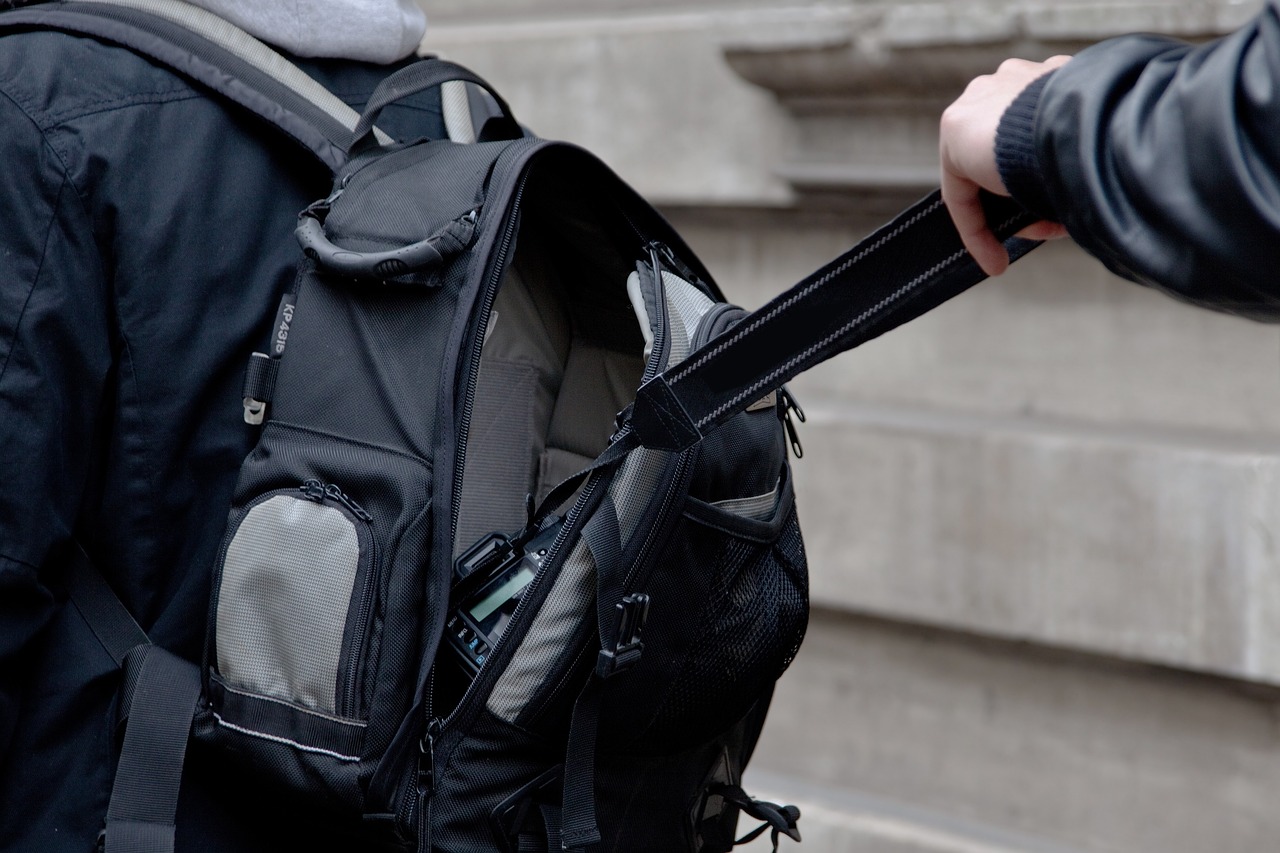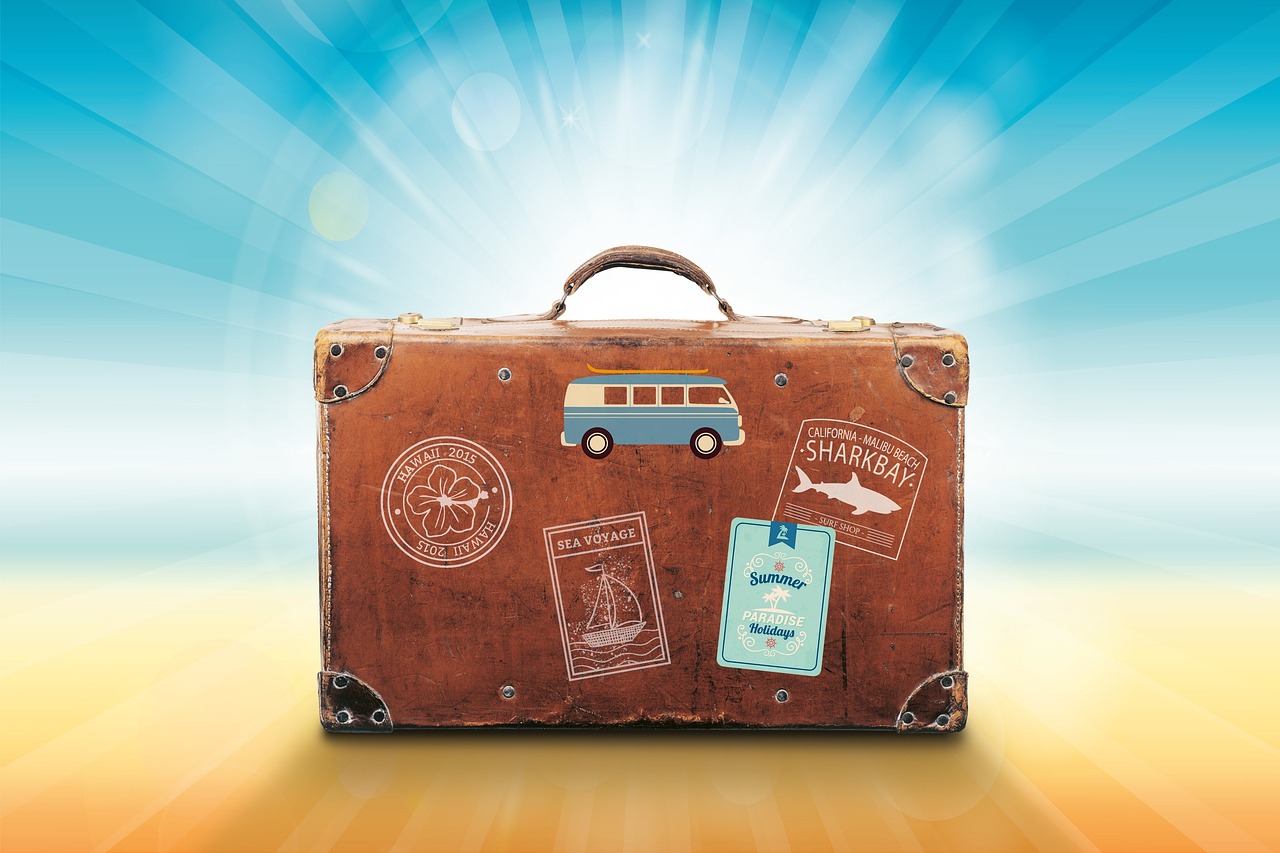Planning a trip can be an exciting and rewarding experience. Whether you’re exploring a new country, visiting a popular tourist destination, or embarking on an adventure to discover hidden gems, the process of planning a trip can make or break your experience. This comprehensive guide will walk you through the essential steps to plan a trip that is memorable, enjoyable, and stress-free.
- Choose your destination
The first step in planning your trip is deciding where you want to go. Consider your interests, hobbies, and preferences when choosing a destination. Think about the climate, local culture, and attractions that are important to you. You can research popular tourist destinations, read travel blogs, or ask friends and family for recommendations. If you’re feeling adventurous, consider choosing a destination off the beaten path.
- Set a budget
Determining a budget for your trip is crucial to ensure you have a stress-free vacation. Calculate the costs of transportation, accommodation, food, activities, and other miscellaneous expenses. Don’t forget to include a contingency fund for emergencies or unforeseen expenses. Knowing your budget will help you prioritize your activities and make informed decisions throughout the planning process.
- Determine the duration of your trip
How long you plan to travel will greatly influence your itinerary and budget. Consider factors such as work commitments, vacation time, and personal preferences when deciding the duration of your trip. Be realistic about the time it takes to explore your destination, and factor in travel time between locations. Remember that trying to fit too much into a short timeframe may lead to burnout and decreased enjoyment of your trip.
- Research transportation options
Once you’ve chosen your destination and determined your trip’s duration, research the best transportation options. Look into flights, trains, buses, or car rentals, depending on your destination and preferences. Be sure to compare prices, travel times, and convenience to make the best decision for your trip. Booking transportation in advance can often save you money and ensure availability.
- Plan accommodations
Research and book accommodations that suit your budget and preferences. Consider factors such as location, amenities, and reviews from other travelers. Popular accommodation options include hotels, hostels, bed and breakfasts, vacation rentals, and homestays. Booking accommodations in advance can save you money and guarantee availability, especially during peak travel seasons.
- Create an itinerary
Developing a well-rounded itinerary can help ensure you make the most of your trip. Research the top attractions, landmarks, and activities in your destination, and consider any cultural or seasonal events that may be taking place during your visit. Prioritize the activities and sights that interest you most, and allocate time for relaxation and spontaneous exploration. Be realistic about the time it takes to travel between locations, and don’t forget to factor in potential delays or changes in plans. Creating a flexible itinerary with room for adjustments will allow you to enjoy your trip without feeling rushed or overwhelmed.
- Consider travel insurance
Purchasing travel insurance can provide peace of mind and financial protection in case of unexpected events, such as medical emergencies, trip cancellations, or lost luggage. Research various travel insurance providers and compare coverage levels to find a plan that best suits your needs and budget. Be sure to read the fine print and understand the terms and conditions of your policy.
- Prepare necessary documents
Ensure you have all the required documents for your trip, including a valid passport, visas (if applicable), travel insurance documents, and any necessary vaccination certificates. Keep digital copies of these documents on your phone or in a secure cloud storage, in case of loss or theft. Additionally, make a note of emergency contact information, such as the local embassy or consulate, and share your itinerary with trusted friends or family members.
- Pack smart
Packing efficiently can make your trip more enjoyable and stress-free. Create a packing list that includes clothing appropriate for your destination’s climate and activities, as well as essential items such as toiletries, medications, and travel documents. Consider investing in lightweight, durable luggage and packing organizers to make the packing process easier. Don’t forget to include a few comfort items, such as a travel pillow or noise-cancelling headphones, to make your journey more enjoyable.
- Learn about local customs and language
Familiarize yourself with the local customs, traditions, and etiquette of your destination to ensure a respectful and enjoyable experience. Learning a few basic phrases in the local language can also help you navigate unfamiliar places and connect with the locals. Research cultural norms, such as tipping practices and dress codes, to avoid any unintentional faux pas during your trip.
- Stay informed about safety and health
Before departing, research the safety and health situation in your destination. Stay updated on any travel advisories or warnings issued by your government, and follow their guidance for a safe and secure trip. Familiarize yourself with the local healthcare system and locate nearby hospitals or clinics in case of emergencies. Also, ensure you are up-to-date on any necessary vaccinations and bring a travel-sized first aid kit with essential medications.
- Plan for technology needs
Determine your technology needs for your trip, such as mobile data, charging devices, and adaptors. Research local SIM cards or international data plans to stay connected while traveling. Additionally, consider downloading useful travel apps, such as maps, translation tools, and transportation guides, to assist you during your trip. Don’t forget to bring appropriate power adapters and converters for your electronic devices, as power outlets and voltages may vary depending on your destination.
- Pre-book popular attractions and activities
Some popular attractions and activities may require advance reservations or have limited availability. To avoid disappointment, research and pre-book tickets for must-see attractions, guided tours, or special events. Pre-booking can also save you time and money by allowing you to skip long lines or take advantage of early-bird discounts.
- Plan for sustainable travel
Traveling sustainably can have a positive impact on the environment and local communities. Consider choosing eco-friendly accommodations, participating in responsible tourism activities, and using public transportation or shared mobility options to reduce your carbon footprint. Support local businesses by shopping at local markets and eating at locally-owned restaurants. Be mindful of your waste and resource consumption, and always practice responsible behavior, such as following Leave No Trace principles.
Conclusion
By following these essential steps to plan a trip, you’ll be well-prepared for a memorable, enjoyable, and stress-free vacation. Remember that flexibility and adaptability are key when traveling, as unexpected changes or challenges may arise. Embrace the spirit of adventure and immerse yourself in the rich experiences your destination has to offer. Happy travels!



